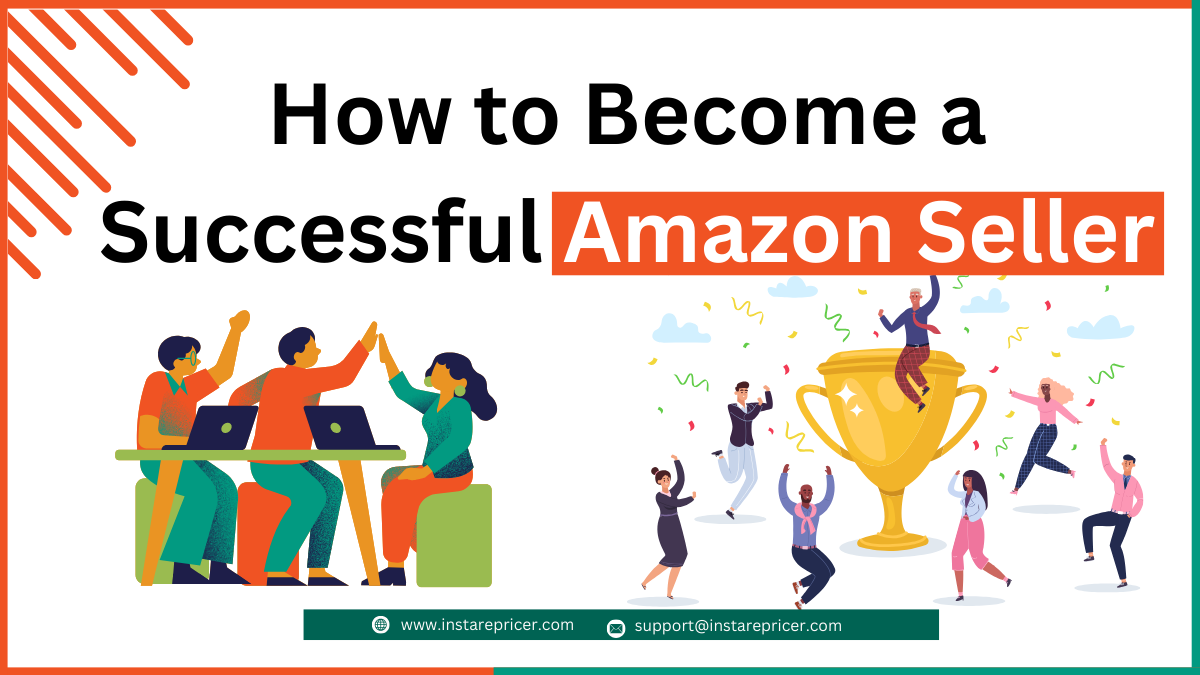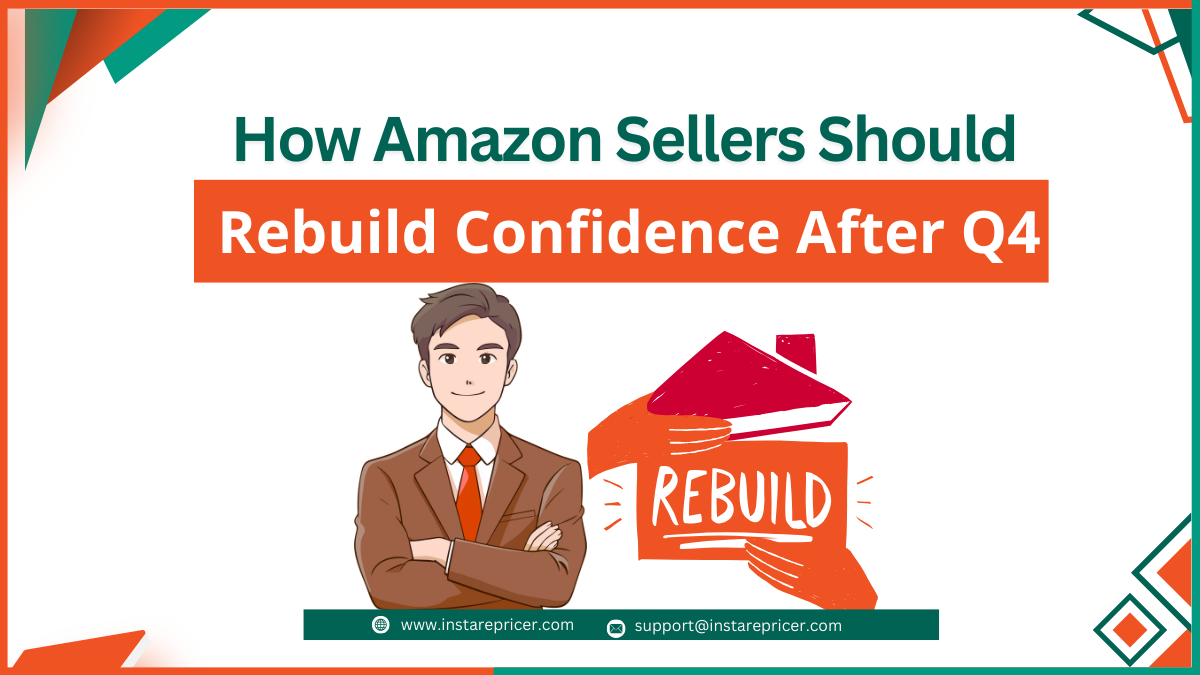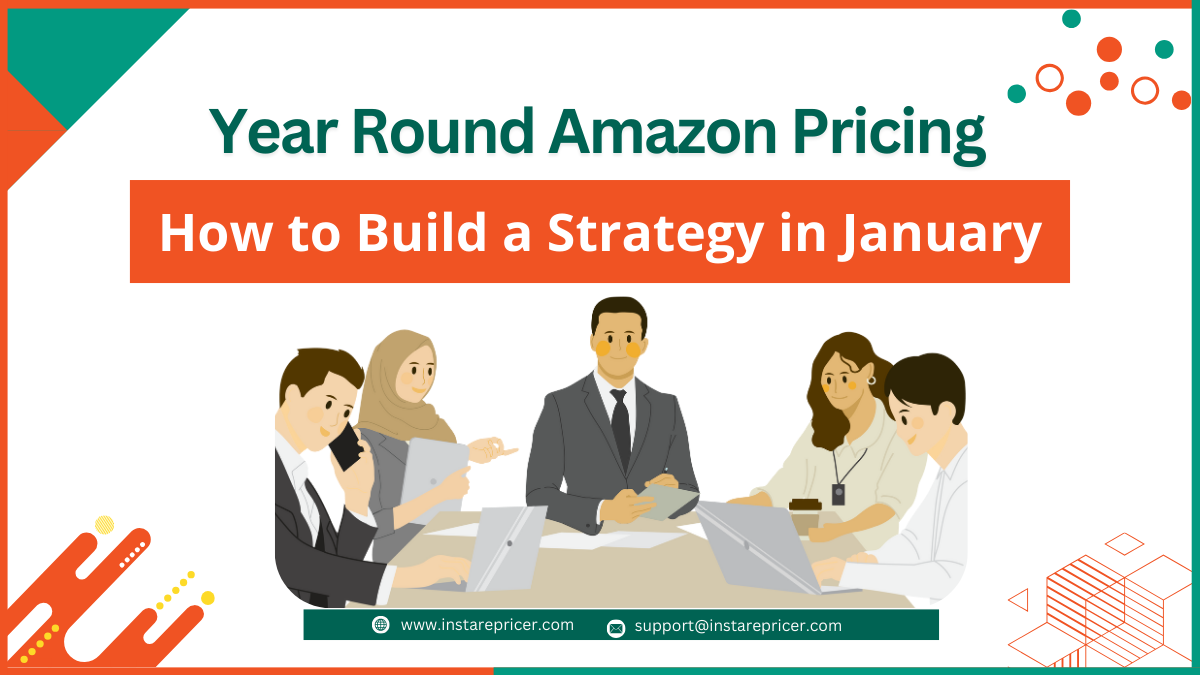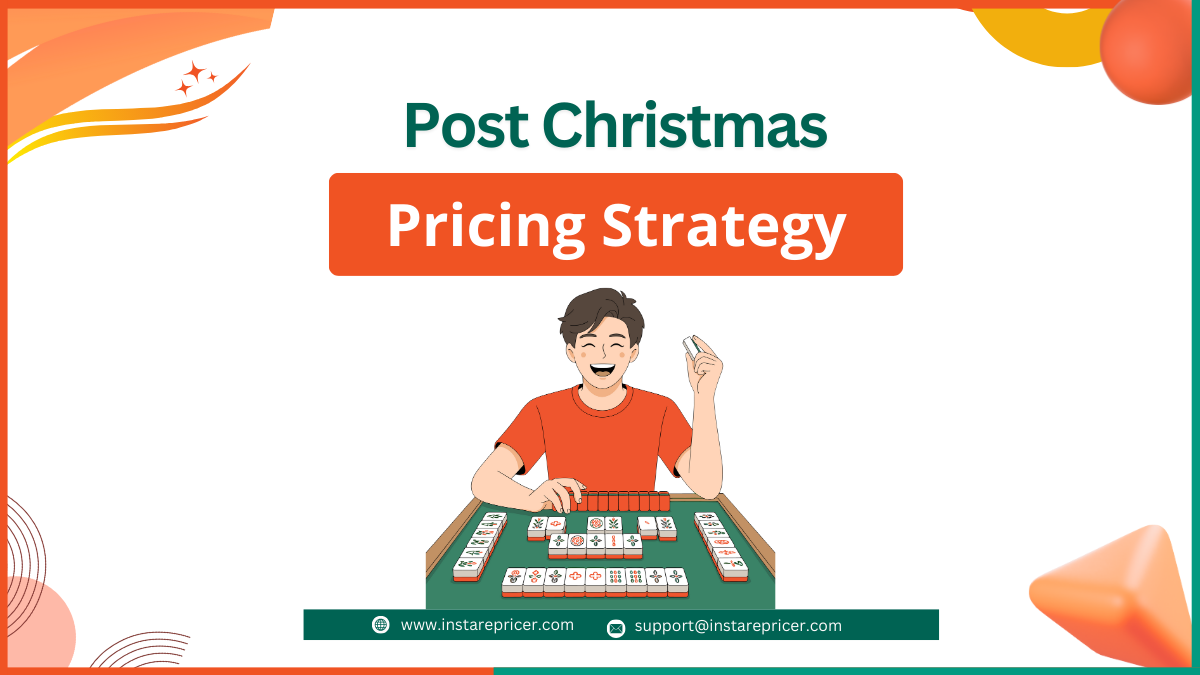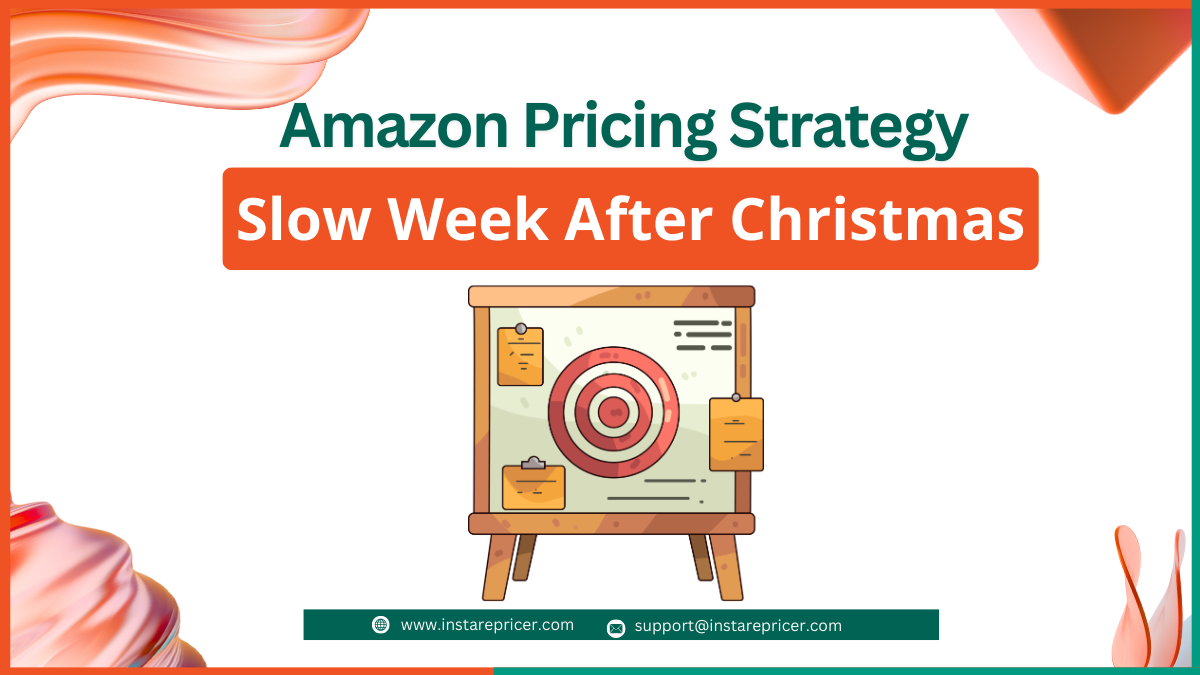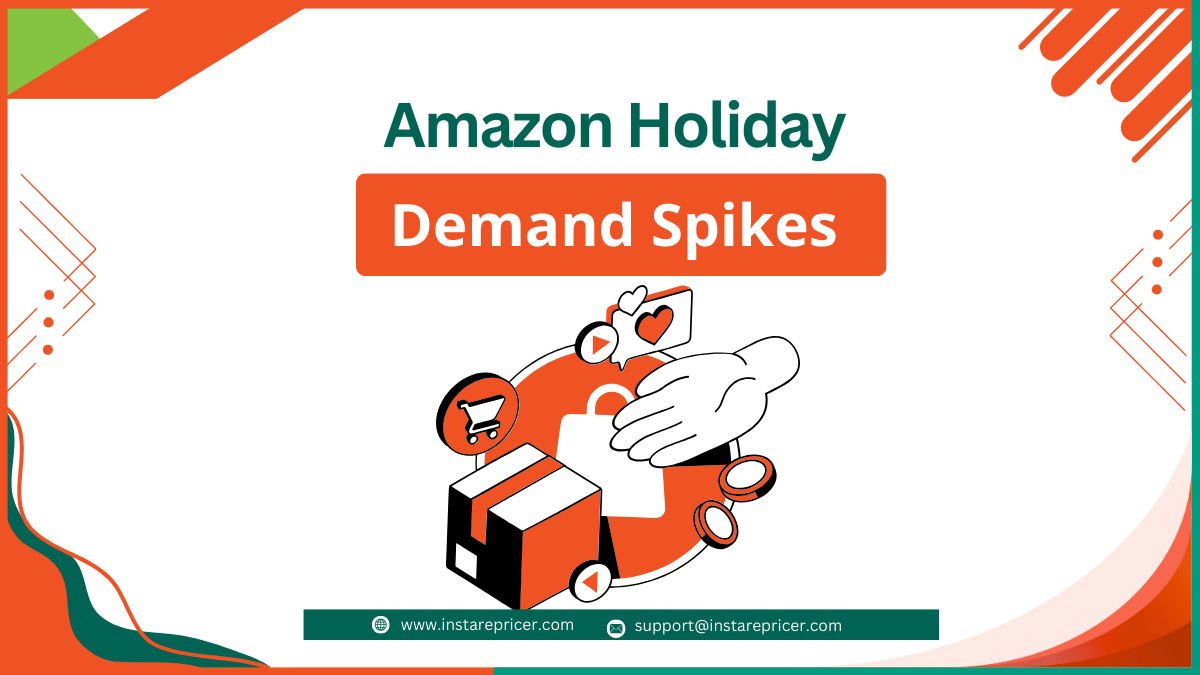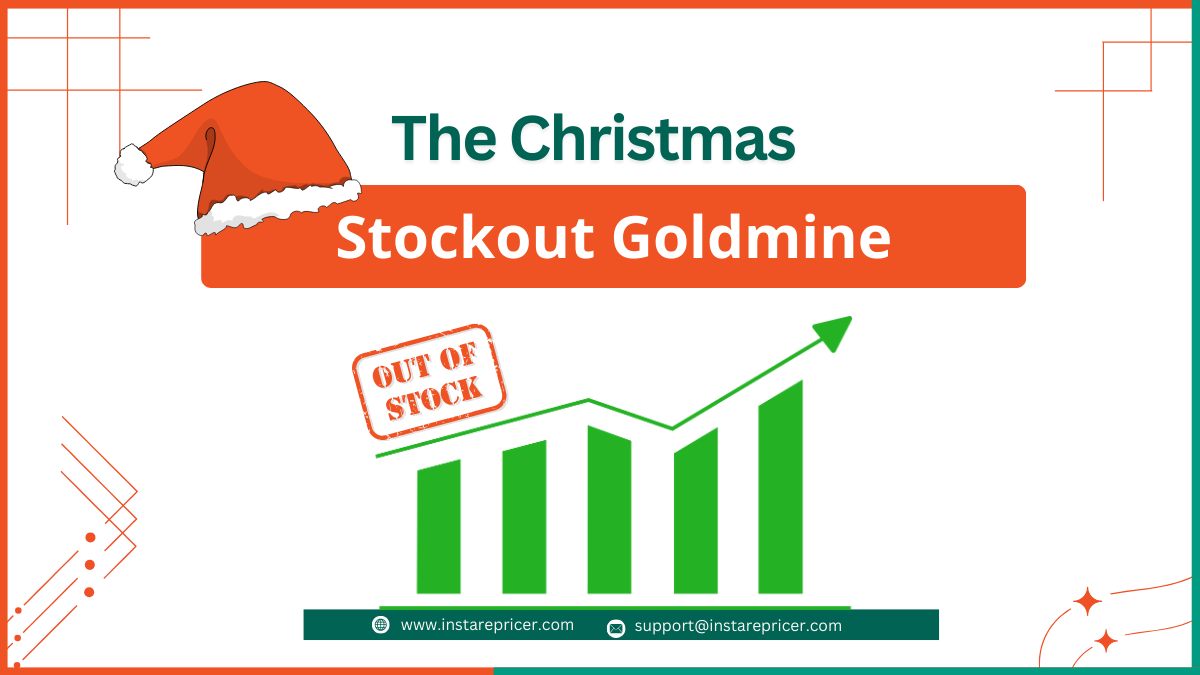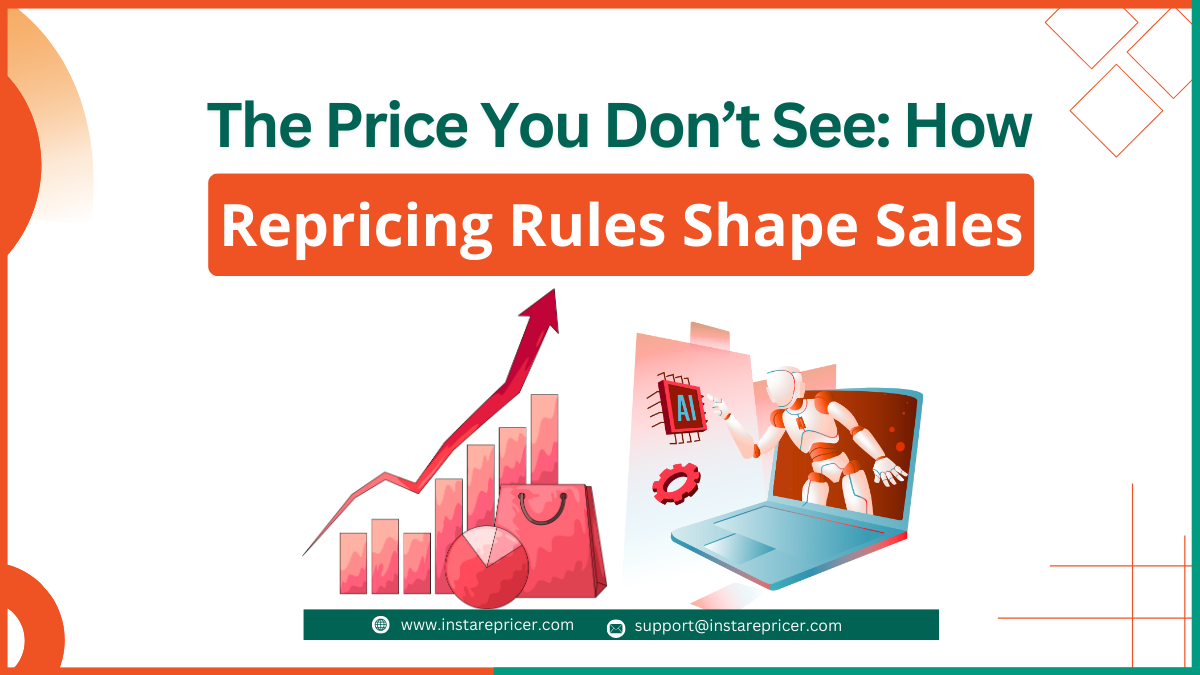Becoming a successful Amazon seller can be a lucrative business venture, but it requires careful planning, execution, and consistent effort. Whether you’re new to e-commerce or looking to take your existing business to the next level, understanding the key strategies and best practices for selling on Amazon is essential. This step-by-step guide will walk you through everything you need to know to become a successful Amazon seller.
How to Become a Successful Amazon Seller
Amazon is one of the largest online marketplaces in the world, with millions of customers and a highly competitive landscape. As an Amazon seller, your goal is not only to list products but to stand out, attract customers, and build a sustainable business. To achieve success, you need to follow a clear strategy, leverage the right tools, and remain adaptable to the evolving e-commerce landscape.
2. Step 1: Set Up Your Amazon Seller Account
Before you start selling, you need to set up an Amazon Seller Central account. There are two types of accounts you can choose from:
- Individual Account: Best for beginners with fewer than 40 sales per month. No monthly fee, but a $0.99 fee per item sold.
- Professional Account: Ideal for serious sellers with more than 40 sales per month. Monthly fee of $39.99, but no per-item fee.
Once you decide which account type suits your business, follow these steps to create your account:
- Visit Amazon Seller Central.
- Register with your business information, including tax ID, bank account details, and credit card information.
- Complete your profile and upload any necessary documents.
3. Step 2: Choose Your Business Model
There are several business models you can adopt when selling on Amazon:
- Private Label: Create your own brand and sell it on Amazon.
- Retail Arbitrage: Buy products at a discount from retailers and resell them at a profit on Amazon.
- Wholesale: Buy products in bulk from manufacturers or distributors and resell them on Amazon.
- Dropshipping: Sell products without holding inventory, instead relying on suppliers to ship products directly to customers.
Each model has its own advantages and challenges, so it’s essential to choose one that aligns with your goals, budget, and expertise.
4. Step 3: Conduct Market Research
Before you start selling, it’s crucial to understand your market. Conduct in-depth research on:
- Competitors: Identify top sellers in your niche and analyze their product offerings, pricing, and customer reviews.
- Product Demand: Use tools like Jungle Scout, Helium 10, or Amazon’s Best Seller Rankings to assess demand for your products.
- Keywords: Understand which keywords customers are using to search for your products. Tools like Google Keyword Planner or MerchantWords can help with this.
This research will help you choose the right products, price points, and marketing strategies.
5. Step 4: Source Your Products
Once you’ve identified a profitable product niche, it’s time to source your products. Depending on your business model, you can either:
- Find Suppliers: Use platforms like Alibaba or ThomasNet to find manufacturers and suppliers for private label products.
- Wholesale Distributors: For wholesale selling, look for distributors that offer bulk prices for your desired products.
- Retail Arbitrage: Visit local retail stores, discount outlets, or online marketplaces to find deals.
When sourcing products, focus on quality, supplier reliability, and shipping times to avoid delays and customer complaints.
6. Step 5: Create a Compelling Product Listing
A well-optimized product listing is essential for attracting customers. A typical Amazon product listing includes the following elements:
- Product Title: Keep it clear, concise, and include important keywords.
- Product Images: High-quality images showcasing the product from different angles are essential for a professional listing.
- Bullet Points: Highlight key features and benefits of your product.
- Product Description: Provide detailed information about the product, including specifications, dimensions, and use cases.
- Price: Make sure your price is competitive while considering shipping fees and Amazon’s referral fees.
7. Step 6: Optimize for Amazon SEO
To ensure your product is discoverable on Amazon, you need to optimize your listings for Amazon’s search algorithm, A9. Here’s how:
- Keywords: Include high-traffic keywords in your title, bullet points, and description. However, avoid keyword stuffing.
- Backend Search Terms: Use the backend search term fields in Seller Central to add additional relevant keywords.
- Reviews: Positive customer reviews and high ratings improve your product’s visibility and credibility.
- Sales Velocity: The more sales your product gets, the higher its ranking in search results.
8. Step 7: Manage Inventory and Fulfillment
Efficient inventory and fulfillment management are crucial for maintaining customer satisfaction. You can either handle fulfillment yourself (FBM) or use Amazon’s Fulfillment by Amazon (FBA) service, where Amazon stores, packs, and ships your products for you.
- FBM: You handle all aspects of fulfillment, including shipping and customer service.
- FBA: Amazon handles everything, from storing products to customer service and returns.
9. Step 8: Promote and Market Your Products
To boost visibility and sales, use Amazon’s marketing tools:
- Amazon Sponsored Products: Paid ads to increase product visibility.
- Deals & Discounts: Use promotions like Lightning Deals or Coupons to attract more buyers.
- Amazon Influencer Program: Collaborate with influencers to promote your products.
You can also market your products through social media, email marketing, and external traffic sources to drive more potential customers to your Amazon listings.
10. Step 9: Customer Service and Feedback Management
Providing excellent customer service is key to building a loyal customer base and maintaining a good seller reputation. Respond promptly to customer inquiries, resolve issues quickly, and request feedback after sales.
Positive reviews help improve rankings and build trust with new customers, so ensure that your product meets or exceeds customer expectations.
11. Step 10: Monitor Performance and Scale Your Business
Use Amazon’s Seller Central dashboard to track your sales performance, customer feedback, and other key metrics. Analyze which products are performing well and scale your efforts accordingly.
Once your business is stable, consider diversifying your product range, expanding to new marketplaces, or using additional marketing strategies to reach more customers.
12. Conclusion
Becoming a successful Amazon seller takes time, effort, and dedication, but with the right strategy, you can build a profitable online business. From setting up your account and choosing the right business model to optimizing your listings and managing customer feedback, each step plays a critical role in achieving long-term success.
13. FAQs
How much does it cost to become an Amazon seller?
It depends on the type of account you choose. The Professional account costs $39.99 per month, while the Individual account has no monthly fee but charges $0.99 per item sold.
Do I need to have inventory to sell on Amazon?
Not necessarily. If you use Dropshipping or FBA, you can sell products without holding inventory yourself.
How can I improve my product ranking on Amazon?
To improve your ranking, optimize your listings with relevant keywords, collect positive reviews, and drive traffic to your products through Amazon ads or social media marketing.
Types of Amazon Repricers and Their Revenue Impact – Unlimited Revenue

